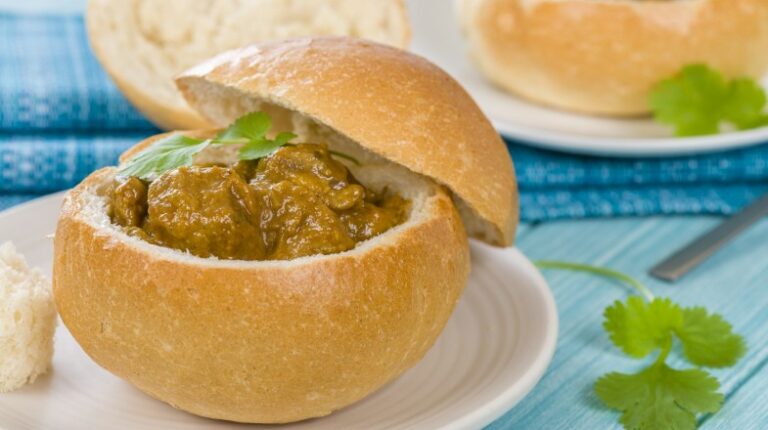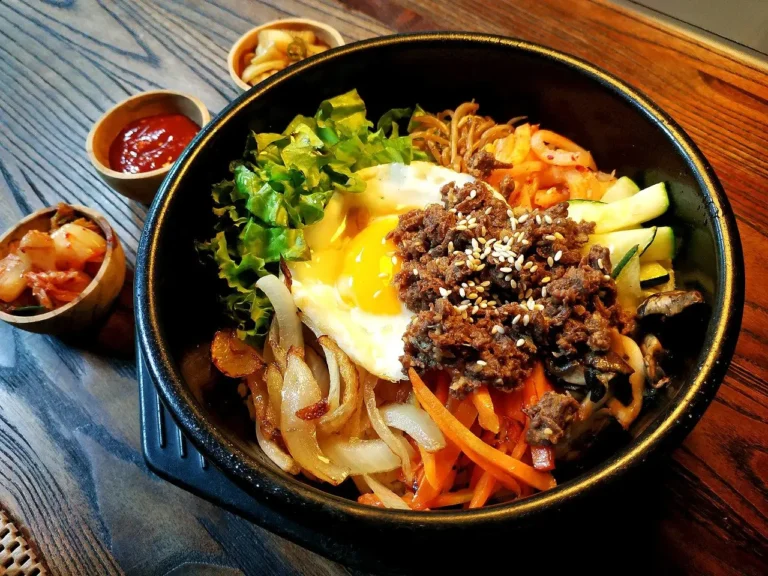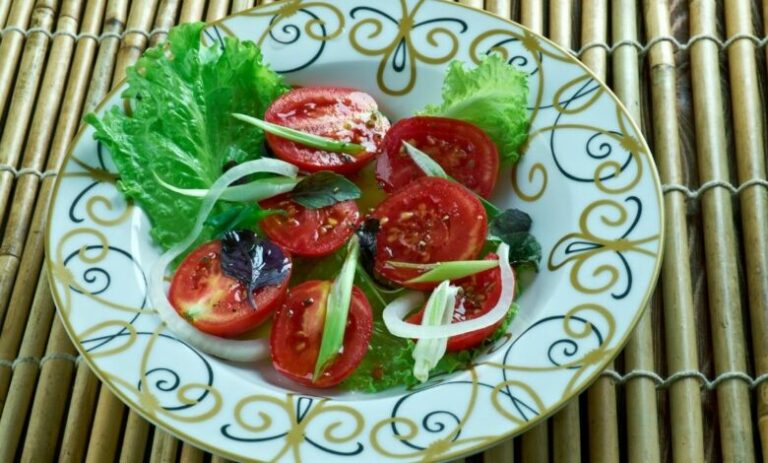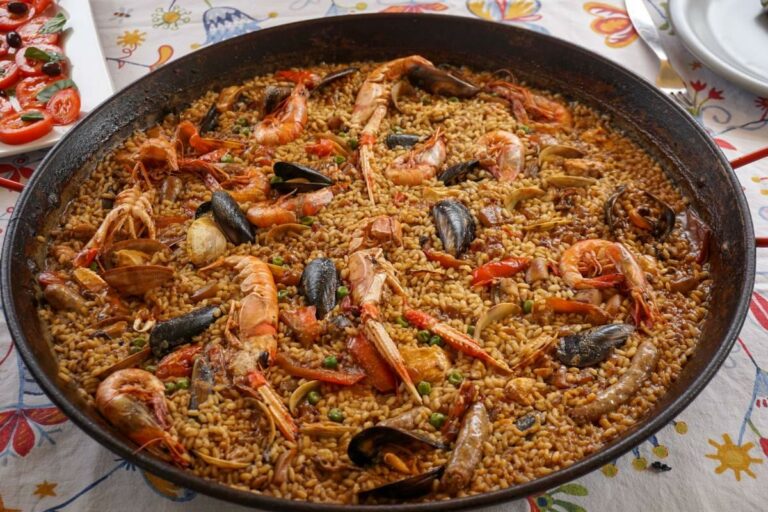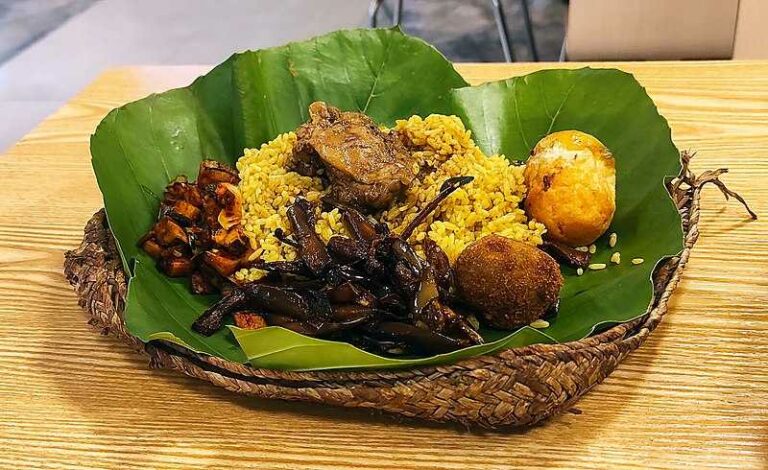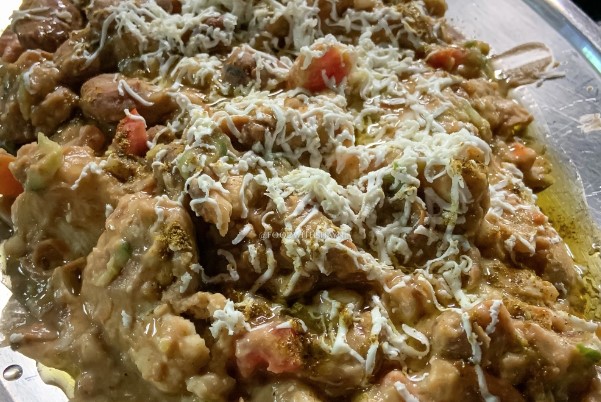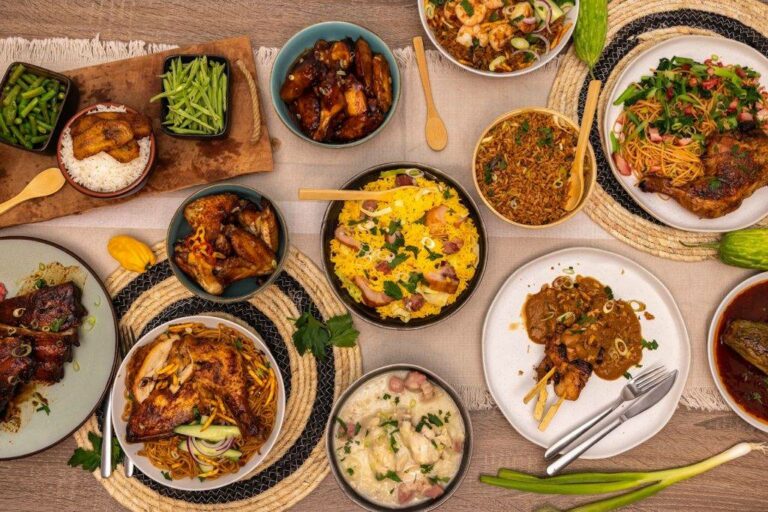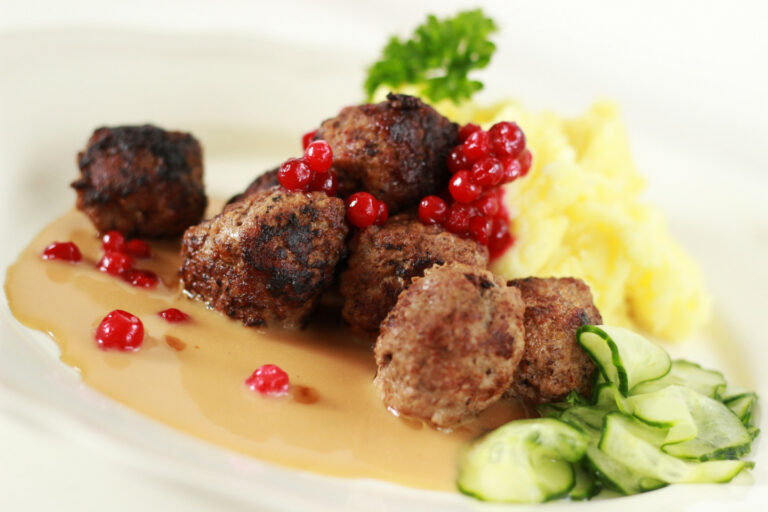Introduction: South African Cuisine
South African cuisine is a unique blend of diverse cultures and influences, resulting in a fusion of flavors and ingredients that make it a truly remarkable culinary experience. With a rich array of spices, meats, vegetables, and grains, South African cuisine is a reflection of the country’s colorful and complex history, as well as its diverse geography and climate.
Spices and Seasonings in South African Cooking
Spices and seasonings are an essential part of South African cooking, reflecting the country’s rich cultural heritage and its history of trade with India, Southeast Asia, and Europe. Some of the most common spices used in South African cuisine include coriander, cumin, turmeric, cinnamon, ginger, and cardamom. These spices are often combined with garlic, onion, and chili peppers to create complex and aromatic flavors that are used in both savory and sweet dishes.
Meat and Game in South African Cuisine
Meat and game are highly prized in South African cuisine, with beef, lamb, and pork being the most commonly consumed meats. Game meats such as ostrich, kudu, and springbok are also popular, reflecting the country’s rich wildlife and hunting traditions. South African barbecue, or braai, is a beloved national pastime and typically involves grilling meat over an open flame, often accompanied by a variety of flavorful marinades and sauces.
Vegetables and Grains in South African Dishes
Vegetables and grains play an important role in South African cuisine, with maize (corn) being a staple food in many regions. Other common grains include rice, sorghum, and millet. Vegetables such as sweet potatoes, pumpkin, and spinach are often used in stews and curries, while chakalaka, a popular relish made from onions, tomatoes, and beans, is a staple side dish.
Sweet Treats: South African Desserts
South African desserts are a delicious blend of European and African influences, often featuring ingredients such as fruit, coconut, and honey. One of the most popular desserts is malva pudding, a sweet and sticky sponge cake served with custard or ice cream. Another favorite is koeksisters, a sweet and syrupy pastry that is twisted into a braid and deep-fried.
Beverages: South African Drinks and Cocktails
South Africa is known for its wine, with the Cape Winelands region producing some of the world’s finest vintages. In addition to wine, South Africans enjoy a variety of other beverages, including rooibos tea, a caffeine-free tea made from a plant native to the country, and amarula, a creamy liqueur made from the fruit of the marula tree. Popular cocktails include the springbokkie, a mix of amarula and peppermint liqueur, and the gin and tonic, a refreshing drink that is especially popular during the hot summer months.

